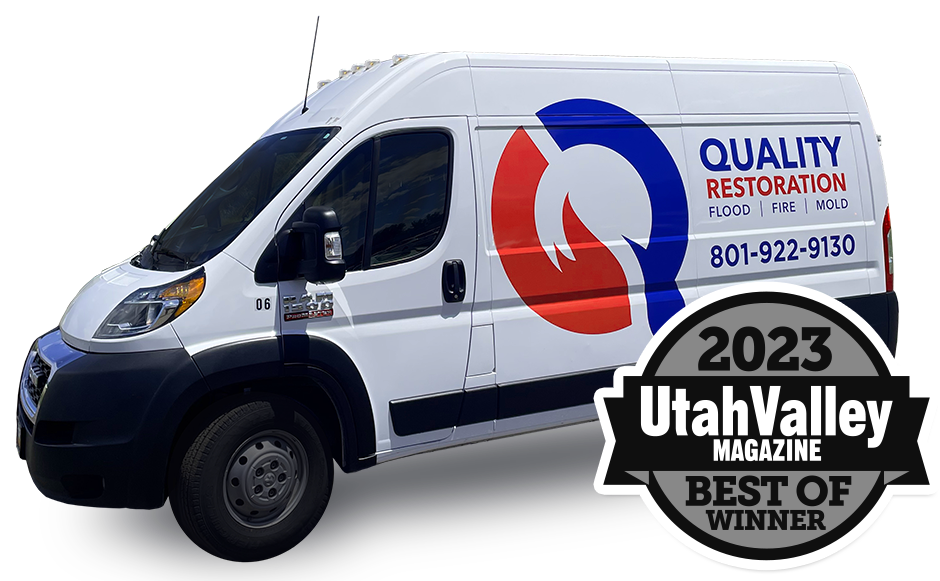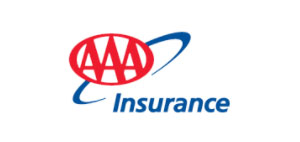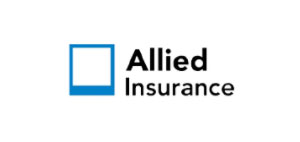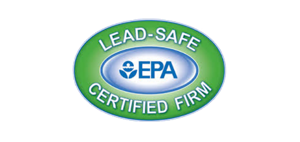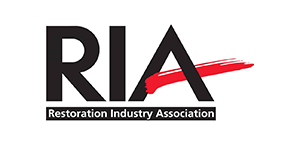Did you know over 250,000 homes in the U.S. face water damage from plumbing issues each year? This shows how common bathroom flooding can be. Problems like clogged pipes, overflowing toilets, and burst pipes can cause a lot of damage if not fixed fast. Knowing how to handle a bathroom flood is key to reducing damage and quick recovery. We’ll share important steps and advice to help you deal with this emergency.
Key Takeaways
- Clogged pipes, plumbing malfunctions, and burst pipes are common causes of bathroom floods.
- Standing water can lead to mold formation within 24 hours, requiring urgent cleanup action.
- Immediate steps include shutting off the water supply and turning off electricity in the affected area.
- Using protective equipment like gloves and boots during cleanup is essential for safety.
- Contacting professional flood cleanup services ensures efficient restoration and mold prevention.
Immediate Steps to Take When Your Bathroom Is Flooding
Dealing with a flooded bathroom quickly is key to avoid water damage and health risks. The right steps start when you first notice the problem. Here’s what to do:
- Shut Off the Water Supply: Find the main water valve and turn it off to stop more flooding.
- Disconnect Electrical Power: If the water is high, turn off the power to the area to stay safe.
- Assess for Safety Hazards: Make sure the area is safe from electrical dangers and watch out for slippery floors.
- Initial Water Removal Efforts: Use wet vacs, mops, and towels to quickly remove standing water.
Knowing why bathrooms flood helps prevent it. Clogged drains, broken pipes, and toilet overflows are common reasons. Heavy rain, faulty appliances, and plumbing problems can also cause flooding. Regular checks and maintenance can help avoid these issues.
Experts stresses the importance of safety first. After making sure it’s safe, start removing water and use fans and open windows for air. Having a plan and emergency supplies like towels and wet/dry vacuums helps you act fast. Keep important phone numbers handy for emergencies.
Bathroom Flood Cleanup and Damage Control
After dealing with the immediate flooding, it’s key to focus on bathroom water damage control. Proper cleanup and control can stop long-term damage and health risks. Here are important bathroom flood cleanup tips and strategies for effective restoration:
- Dry the Area Thoroughly: Begin by removing standing water with mops, towels, or a wet/dry vacuum. Use fans and dehumidifiers to dry the area completely. This prevents mold spores from growing. The Center for Disease Control (CDC) says mold can start within 48 hours of a flood.
- Assess and Repair Structural Damage: Check walls, floors, and fixtures for damage. Water can weaken structures, so look for soft spots, warping, and cracks. For professional help, contact bathroom flood restoration services to repair or replace damaged elements.
- Mold Prevention and Remediation: Mold growth is a serious health risk. Use a bleach and water solution to clean surfaces. For big mold issues, get professional help from service providers like ServiceMaster Restoration and Cleaning for thorough remediation.
- Sanitize Affected Areas: Floodwaters carry bacteria, fecal material, viruses, and other harmful organisms. Clean all contaminated surfaces and objects with disinfectants. Use bottled or disinfected water for drinking, cooking, and bathing until the water supply is confirmed safe.
- Dispose of Irreparable Items: Carpets, rugs, and other soft furnishings that can’t be thoroughly dried and cleaned should be thrown away. Professional home cleaning services may salvage smaller, less-damaged areas. For food safety, discard any items exposed to floodwaters, including thawed meats, bulging or leaking canned foods, and food stored in jars.
- Professional Help for Complex Issues: It’s wise to call a plumber for flood resolution and repair. Professionals have the skills to address and fix the underlying plumbing issues. This ensures such problems don’t happen again in the future. Different water classifications, including potable, gray, and black water, need specific handling methods due to varying contamination levels.
Using these bathroom water damage control strategies and bathroom flood cleanup tips can lessen the flood’s impact. It helps restore your home quickly. Rely on experienced bathroom flood restoration services for a thorough and well-managed cleanup process.
Conclusion
Quick action is key when dealing with a bathroom flood. It helps prevent water damage and future problems. First, turn off the water supply. Then, use a wet-dry vacuum to get rid of standing water. Make sure the area is well-ventilated to avoid mold and mildew.
Opening windows and using fans can speed up drying. This helps prevent mold and mildew from growing. These conditions can develop quickly in damp areas.
While some small floods can be handled at home, others need professional help. Signs like persistent leaks, significant damage, or mold mean it’s time to call the experts.
Preventing future floods is important. Regular maintenance and updating fixtures can help. Teach your family how to shut off the water in an emergency. Knowing the common causes of flooding, like clogged toilets, prepares you better.
Trusted professionals like Quality Restoration offer reliable emergency repair. They make sure your bathroom is fixed efficiently and safely. Being vigilant and getting professional help can save you from the hassle and cost of bathroom floods.





